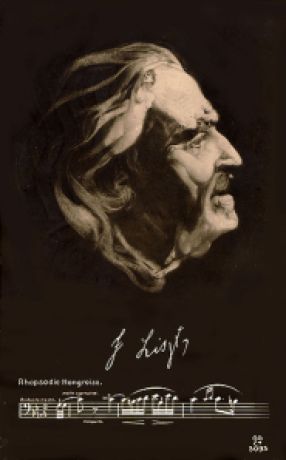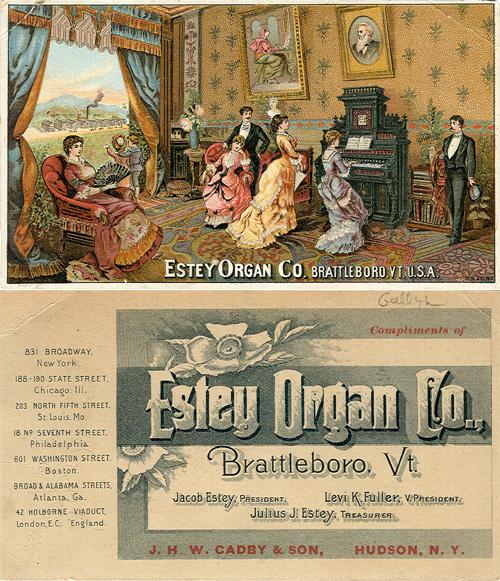
Due to the widespread popularity of theories first expounded in Physiognomische Fragmente zur Beförderung der Menschenkenntnis und Menschenliebe by Johann Kaspar Lavater (1741–1801), eighteenth- and nineteenth-century intellectuals viewed portraits as presenting clear information on a variety of aspects of the subject’s personality—qualities that their usual approach to biography, which focused only on verifiable facts, omitted. This aspect of portraiture is largely lost on modern music historians.
For example, in 1871 the English cleric and writer Hugh Reginald Haweis provided this interpretation of George Dance’s portrait of Haydn (reproduced above): “The face of Haydn is remarkable quite as much for what it does not as for what it does express. No ambition, no avarice, no impatience, very little excitability, no malice.
“On the other hand, it indicates a placid flow of even health, an exceeding good-humour, combined with a vivacity which seems to say, ‘I must lose my temper sometimes, but I can not lose it for long’; a geniality which it took much to disturb, and a digestion which it took more to impair; a power of work steady and uninterrupted; a healthy devotional feeling; a strong sense of humour; a capacity for the enjoyment of all the world’s good things, without any morbid craving for irregular indulgence; affections warm, but not intense; a presence accepted and beloved; a mind contented almost anywhere, attaching supreme importance to one, and one thing only—the composing of music—and pursuing this object with the steady instinct of one who believed himself to have come into the world for that purpose alone.”
Related articles:












